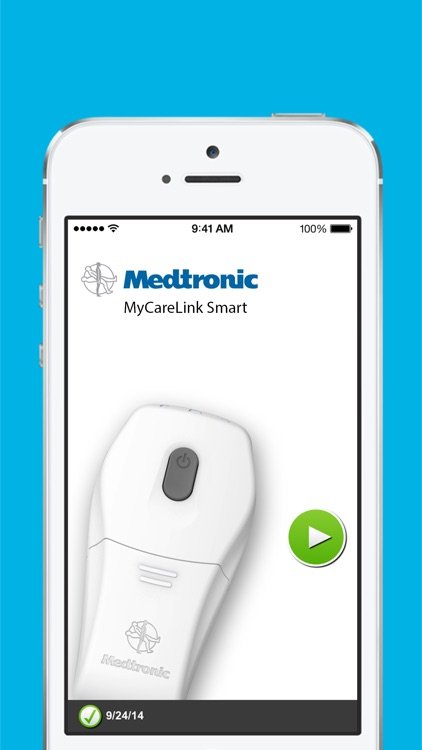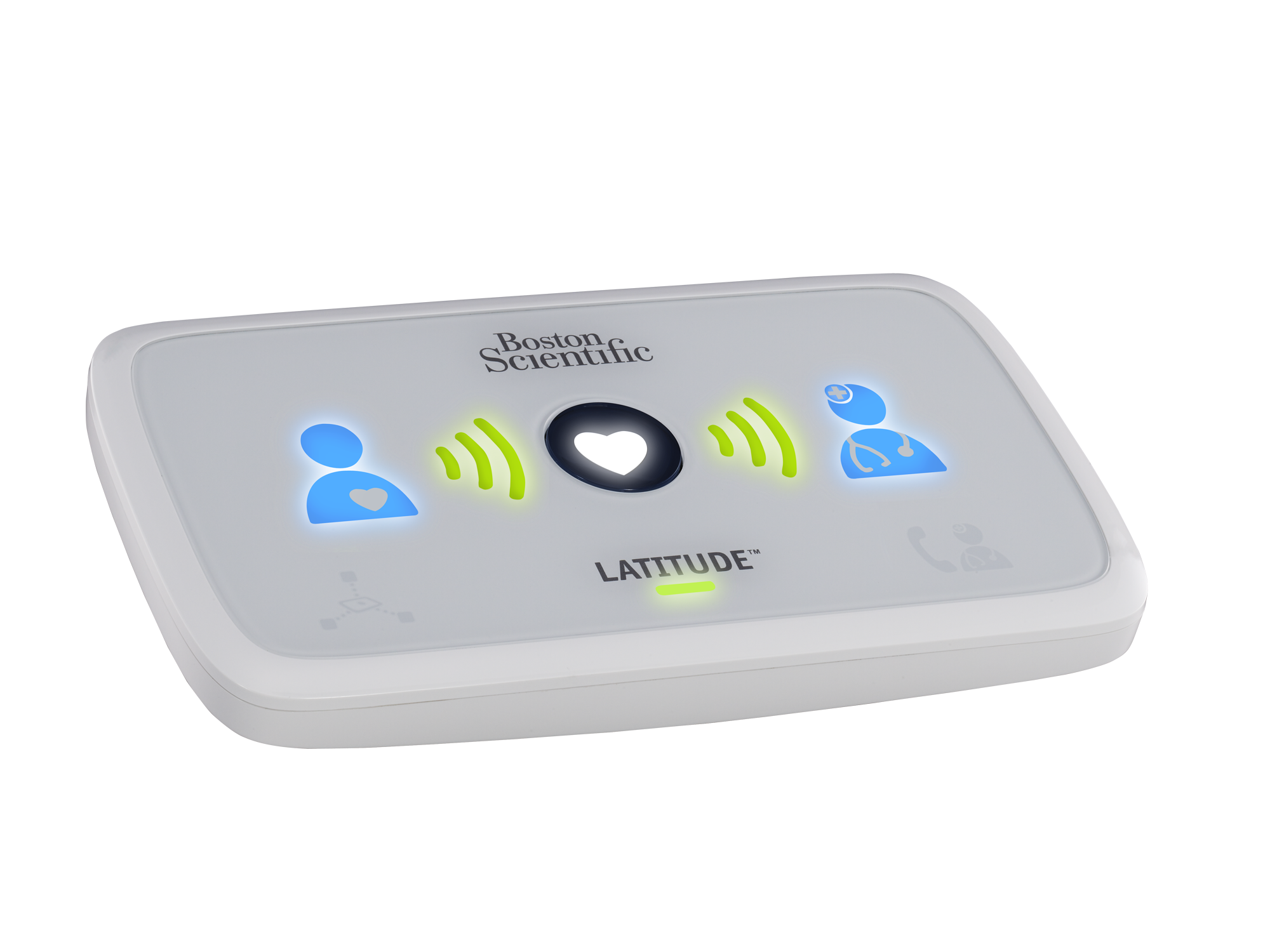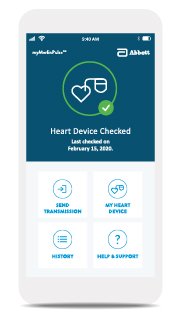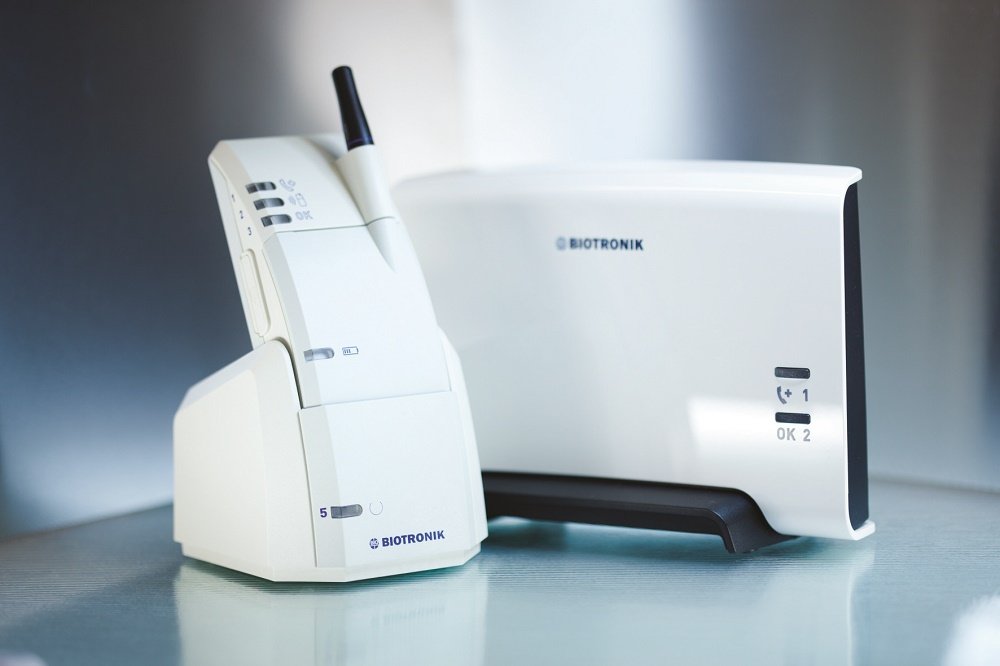
Remote Monitoring







What is remote monitoring?
Remote monitoring is a system that allows your implantable cardiac device to send important information about your heart and device performance to your doctor automatically and securely. Think of it as a virtual check-up. Your device communicates with your healthcare provider without you needing to visit the clinic as often.
It’s designed to identify changes in your heart’s rhythm or any issues with your device early, so your doctor can act quickly if needed. Remote monitoring gives you peace of mind, knowing your heart and device are being monitored regularly
How does remote monitoring work?
The process is simple and non-invasive:
Your Implantable Device: Your pacemaker, defibrillator, or loop recorder continually collects data about your heart and the device itself. It runs tests on itself every day to check battery and device function, and records arrythmias that occur.
Home Monitoring Device: A bedside monitor (either a standalone machine or an app on your phone) connects to your implantable device. This monitor is typically placed near your bed and checks in with your implanted device each night.
Data Transmission: If an issue such as an arrythmia or device malfunction is detected, the monitor sends the collected data securely over a wireless network (such as a cellular or Wi-Fi connection) to a team of certified cardiac device specialists as well as your healthcare provider.
Review: The cardiac device specialists at Precision Pacing (based in Melbourne, Australia) analyse the data for any irregularities or issues. They then send a report to your cardiologist. If there’s anything concerning, your healthcare team will contact you with instructions or schedule a follow-up appointment.
Is my remote monitor connected?
Your clinic will be notified if your home monitor is unable to connect to your cardiac device or fails to transmit data to the clinic for a certain number of days. Most systems have a "grace period" to allow for temporary non-connectivity, such as when you are traveling. The length of this grace period depends on the manufacturer’s specified settings.
If your monitor remains disconnected beyond this grace period, your clinic will contact you to help reconnect your monitor and ensure continuous monitoring of your cardiac device. Any alerts or events recorded by your cardiac device while the monitor was disconnected will not be lost—they will be transmitted as soon as the monitor reconnects.
For specific information about keeping your home monitor connected, please click the button below for guidance:
Why is remote monitoring important?
Remote monitoring is more than just a convenient way to track your heart health - it's a powerful tool that improves patient outcomes and device management. Leading medical organizations, including the Heart Rhythm Society (HRS) and the European Society of Cardiology (ESC), strongly recommend remote monitoring for patients with implantable cardiac devices. Here’s why:
1. Detects Problems Early
Remote monitoring allows your healthcare team to detect issues with your heart or your device sooner than traditional in-office check-ups. According to the HRS consensus statement, remote monitoring can identify critical events, such as abnormal heart rhythms or device malfunctions, days or even weeks before they cause symptoms or complications.
For example, if your device detects atrial fibrillation or delivers a shock, your healthcare team can respond quickly, potentially preventing further complications like stroke or heart failure.
2. Reduces Risk of Hospitalization
Studies show that patients who use remote monitoring have fewer hospitalizations related to heart rhythm problems or device issues.
3. Improves Survival Rates
Evidence from clinical trials supported by the HRS and ESC shows that remote monitoring is associated with improved survival rates in patients with implantable defibrillators (ICDs) and pacemakers.
4. Improves Device Management
Remote monitoring keeps your device functioning optimally by regularly checking:
Battery status, so replacements can be planned well in advance.
Lead integrity, to ensure the wires connecting your device to your heart are working properly.
5. Reduces the Need for In-Person Visits
Guidelines from the HRS and ESC highlight that remote monitoring can reduce the frequency of routine in-person clinic visits. This is especially beneficial for patients who live far from their healthcare provider or have mobility issues.
6. Supported by Guidelines and Evidence
The HRS consensus statement, ESC guidelines, and studies like the IN-TIME trial and TRUST trial strongly recommend remote monitoring as a standard of care for patients with cardiac devices. These guidelines emphasize that remote monitoring:
Improves clinical outcomes.
Is safe and effective.
Should be integrated into routine care for all eligible patients.
What Does This Mean for You?
With the backing of strong clinical evidence and expert recommendations, remote monitoring is now considered the gold standard for managing implantable cardiac devices. It ensures you receive personalized, proactive care that prioritizes your safety and well-being.
If you haven’t already enrolled in a remote monitoring program, talk to your healthcare provider about whether it is appropriate and how it might benefit you.
What does my home monitor detect?
Your Heart Rhythm: It detects abnormal rhythms, such as atrial fibrillation or other arrhythmias, that may need attention.
Device Performance: The monitor checks if your device is functioning correctly, including battery life and lead performance (the wires connected to your heart).
Heart Rate Patterns: It tracks any unusual changes in your heart rate, such as rates that are too slow (bradycardia) or too fast (tachycardia).
Therapy Delivery: For patients with defibrillators, it records if and when your device delivers a shock to restore normal rhythm.
Fluid Levels: Some advanced devices can detect fluid buildup in your lungs, which might indicate worsening heart failure.
What happens in the event of an emergency?
It is important to know that your remote monitor is not designed to act in an emergency. It serves as a tool to transmit data from your implanted cardiac device to your healthcare provider, allowing them to monitor your heart rhythms and the performance of your device. Alerts are reviewed by a qualified technician (Certified Cardiac Device Specialist - CCDS, IBHRE) during business hours and then sent to your cardiologist for review. Your home monitor provides information about your cardiac rhythms and device function much sooner than your next in-person cardiac device check. However, your home monitor does not provide real-time emergency intervention.
If you experience serious symptom - such as chest pain, severe shortness of breath, fainting, or repeated ICD shocks - you should take immediate action by calling emergency services (000) or going to the nearest hospital emergency room.
Your monitor is valuable for detecting issues early and alerting your healthcare team to potential problems, but it is not a substitute for emergency medical care. Always prioritize seeking help if you're feeling unwell or experiencing symptoms of a cardiac emergency.
Can changes be made remotely?
No. Cardiac devices cannot be remotely reprogrammed via your home monitor. If programming changes are required, an in-person check will be scheduled.
Is there a cost for remote monitoring?
Yes. Our remote monitoring service is provided by fully qualified Certified Cardiac Device Specialists (IBHRE, CCDS) based in Melbourne, Australia.
The cost of the service covers daily checks and analysis of cardiac device transmissions, scheduled yearly “check-up” transmissions, and monitoring and troubleshooting any connectivity issues. The cost varies depending on the type of device. To find out more about how much our remote monitoring service costs, please contact us via the ‘Contact Us’ tab and include the following information: Name, cardiologist name, type of device (pacemaker, loop recorder, defib) along with your enquiry.
Please note that remote monitoring is an optional service.
Who has access to my data?
Your cardiac device sends data via the transmitter (app or bedside monitor) to a secure, password protected website that your cardiologist and Precision Pacing cardiac technicians have access to. Technicians who work for the manufacturer of your cardiac device also have access via secure, password protected means, in order to help troubleshoot any connection issues.